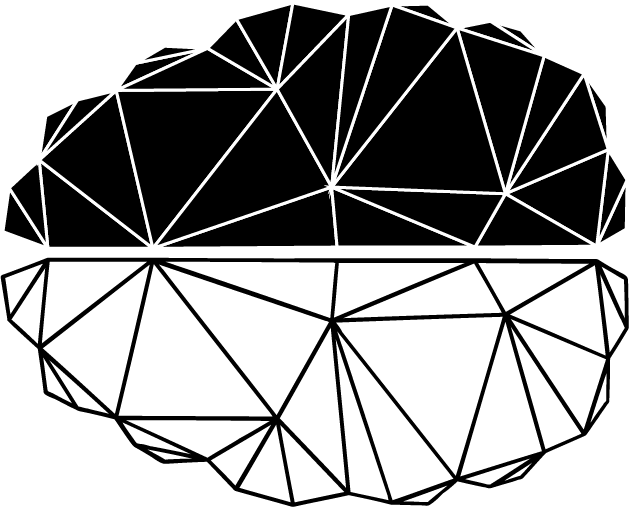The Same Game
No matter what the circumstances may be, the game doesn’t change. What does this mean?
Let’s start with the basics. In all sports, performances, and activities, there are a set of basic principles, or ground rules, that athletes develop and further build upon. These rules include the teachings to beginners in the early stages of learning how to properly engage in each sport or activity. In equestrian sports, this would include the basics of position, steering, halting, and going forward. As the foundational principles of the sport are both built and solidified, technique is then taught. For beginner riders, this could be learning how to sit and post the trot as well as circling and changing direction on the correct diagonal. For intermediate riders, it could look like collecting and extending the gaits or making inside turns. First, the foundational aspects of the sport are set in stone, and then the technical skills take place. Without the basics, holes will begin to form in athletic training. As these holes grow larger, the athlete then has to refer to the basics of their sport before they can proceed. Training and skill building grows gradually. For example, a rider jumping cross rails will likely graduate to the 2’ instead of getting bumped up to the 3’. The same idea goes for mental performance practices. We start with developing foundational skills, such as self-awareness, before we dive into more technical skills, such as imagery.
We all start somewhere and progress forward, but sometimes the foundation gets lost in the progression. As new skills are taught, old skills may unintentionally be let go of or changed. For example, a rider who learns how to sit up and squeeze the horse to walk on may lean forward and squeeze to pick up the canter or increase their speed. By leaning forward instead of sitting tall, the rule of staying tall while squeezing to go forward is broken. Just because the circumstances change, in this case cantering instead of walking or trotting, doesn’t mean the principles of the game also change. The basic rules still apply. We still need to sit up, keep our heels down, squeeze with the lower legs, keep our eyes up, etc., whether we are walking or cantering, practicing or competing, or riding alone versus in a group. The same core principles of riding apply whether a rider is jumping .60 meters or 1.60 meters. We may already know and adhere to the basics of the physical game, but what about the mental game?
Think about all the details of your best performance, or a ride you are very proud of. What did it feel like mentally and physically? Everyone’s optimal “zone” of performance looks different, but some commonalities include a high level of focus, a feeling of effortlessness, a high level of confidence, calm energy, and fluidity. The goal in sport is to achieve this type of performance, or flow state, each time the sport is engaged. To get to this state, there is no “one size fits all” method. For example, one athlete may need to do breathing exercises to relax in order to achieve their flow state of performance, while another athlete needs to hype themselves up to perform at their best. Regardless, there is a difference between knowing what that zone is for yourself and working to both get and stay there. The athlete who needs to set aside time for breathing exercises before practice also needs to breathe before their competitions. Some of the important, basic principles of mental performance include self-awareness, motivation, focus, and control over oneself. These basics still apply whether there is a lesson, clinic, or horse show. They also apply whether a rider is sitting in first place before the work-off for a medal final or an error has been made in the warm-up ring. There is no use in letting the basics go or altering them in any way just because aspects of the current game have changed. Correct planning, preparation, focus, adaptability, energy, attitude, and adjustments apply in the same way no matter what the circumstances of performance may be.
Just because the stakes of the competition are high doesn’t mean that players should lose their focus or play any differently than the original game plan of what they know works best. The athletes in various positions should stay the same, and the basics of the game always apply. Always have a game plan and come into your performance prepared both physically and mentally. If you have a routine that works for you, then use it. Problems arise when athletes change the basic principles of the game when they need to be utilized the most. Allow the physical and mental techniques to complement each other by applying the basic principles to every situation. When it naturally flows, performance seems easy. When difficulties and mishaps arise are when applying the basics matters the most. Stick to the principles of the physical and mental game no matter what happens and watch your performance flourish.
Do you feel as if you have a steady hold on both your physical and mental games? Or do you seem to be riding a roller coaster full of ups and downs in your performance? No matter what the circumstances may be, the game doesn’t change, and the “rules” still apply. Consistency is key in this regard. You are in control of your performance and have a say in the matter. When in doubt, refer to the basics of both the physical and mental game. If you need more work on the mental side of the game, please reach out and we will improve it!

